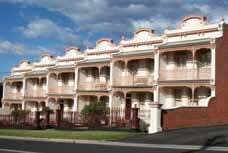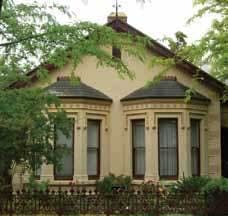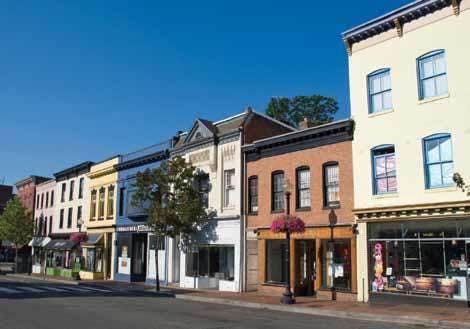Residential Growth in Burnside - Stage 1
This consultation has concluded.

Burnside is your city and we want to help it grow your way.
The State Government’s 30-Year Plan sets out a target for the City of Burnside to accommodate new homes in the City - around an extra 56 homes per year over the 30-year period.
While some of that total may be taken care of by naturally occurring growth and the increased density already decided for Greenhill and Fullarton Roads, we still need to place the remaining extra homes across the City.
Many people love living in Burnside because of its green and leafy environment. We take pride in our parks and open space and we take advantage of our unique position bordering on to the parklands on one side, and the beautiful Adelaide hills on the other.
Like other areas, we are also growing in population and adapting to change. One of the challenges is the state government’s target for us to increase the amount of homes we accommodate within the City – known as residential growth.
We want to achieve this target in a way that reinforces and enhances the unique characteristics that make the City such a great place to live, work and play. To do that we will develop planning policies that will allow the required growth to happen while maintaining the unique characteristics of this beautiful area.
 Like our Facebook page to keep up to date
Like our Facebook page to keep up to date
That is where you come in
We want your ideas, thoughts and feedback on the best way to do this. In the FAQs section on the right, you'll find some examples of different types of development that can help meet the targets that have been set for us. We will also talk about the kinds of areas that may be able to accommodate the growth throughout the City, and then we’ll look at what will happen next.
The Consultation
This consultation is the first stage of the process through which we will find out what you, our community prefer. There will also be Ward forums, a Facebook page and a Citizens’ Jury, where a random sample of representative citizens will interrogate experts on residential growth, discuss options and then deliver recommendations to Council.
What are we looking for
Residential growth is continuously happening in Burnside. The exciting thing is that this is our opportunity, as a community, to get the best possible outcomes so that as growth happens, it happens the way we want it to.
We want to ask you two questions
These questions are inter-related – the sort of growth that is acceptable in a commercial district, or on a main road may be different from the type of growth that would be acceptable in a suburban street.
How can I give Council my ideas?
To provide your feedback please participate in the Survey below by Monday 27 January 2014 to have your response included in results sent to the Citizens’ Jury. The survey will still be open until Monday 24 February 2014 for responses submitted to Council.
Alternatively you can Email Us or write to Residential Growth, City of Burnside, PO Box 9, Glenunga SA 5065.
What happens next?
This consultation period is expected to last at least four to six months. After the consultation, a report will be presented to Council detailing the results. A Statement of Intent, which has been requested by the Minister for Planning, will be drafted indicating our preferred approach to growth.
Once the Statement of Intent is agreed to by the Minister, the consultation will be used to inform a Development Plan Amendment (DPA) so that Burnside’s planning policy will be in line with the outcomes you have told us that you want through this consultation. You will then have another opportunity to comment on this approach during the DPA process.








